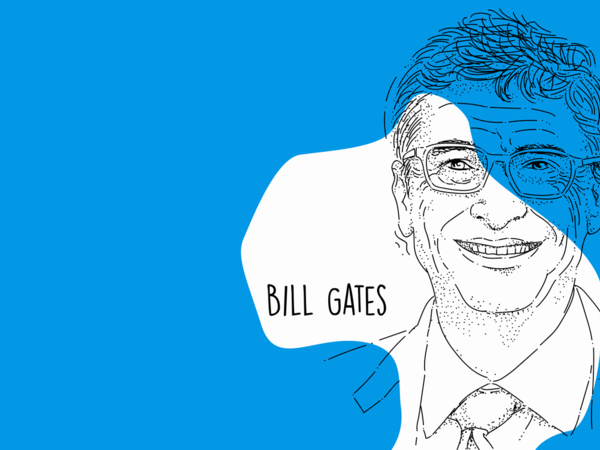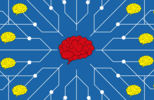Next Generation Learning: Bill Gates’s Vision
Show me similar content
Performance Support Learning Concepts Contextual learning Corporate Learning
Bill Gates is driving forward a project intended to lead US education into a new era. The Bill & Melinda Gates Foundation, the largest private charity in the world, wants to enable students to follow personalized educational paths using intelligent technologies.
The idea is to give pupils access to high-quality content in appropriate formats. The structure, and tempo of the educational content are flexible and can be adapted to a student’s strengths and preferences.
Clear learning objectives and contemporary, short-format content are key components of this instructional model. Videos from 10 to 15 minutes in length, for example, are in vogue and ideal for the viewing habits of the YouTube age.
It’s about the individual
Companies and their employees experience challenges similar to those faced by schools. Knowledge is becoming obsolete more quickly—especially when it comes to software applications and processes. Moreover, individual disciplines are being subdivided into increasingly specific skills.
As a solution, mass training courses miss the mark. More and more companies are realizing that they need learning strategies that focus on the individual. This is the only way they can remain competitive in the long term. But doesn’t widespread web-based training achieve this? Not exactly, as it is often just as standardized as face-to-face training.
Context-sensitive aids support every employee directly during his or her workflow.
Context-sensitive aids pave the way from intellectual mass processing to smarter solutions, because they support every employee directly during his or her workflow. This is about more than fast user adoption. Above all, it is about lasting learning success. Ideally, performance support aids all individual learning needs. And right at the moment of need.
Context-sensitive support is the future
It is an old, but rarely achieved pedagogical ideal: teachers who respond to learners individually and neither bore nor overwhelm them. And who are always available exactly when their support is needed.
Context-sensitive help does just that and it’s automated. Employees no longer have to look for the right solution in a plethora of sometimes unreliable sources. Instead, at the click of a mouse, corporate knowledge is available in one place, whether it’s field help, guides, work instructions, process information, or training courses.
Guide technology is a new development. It leads employees, with clear steps, through applications and processes. It could hardly be easier for companies to make digital expertise available to their staff. Employees can also create and publish guides themselves.
With context-sensitive help, expert knowledge quickly and easily becomes common knowledge. This is next generation learning in the spirit of training innovators like Bill Gates.
Show me similar content
Performance Support Learning Concepts Contextual learning Corporate Learning



